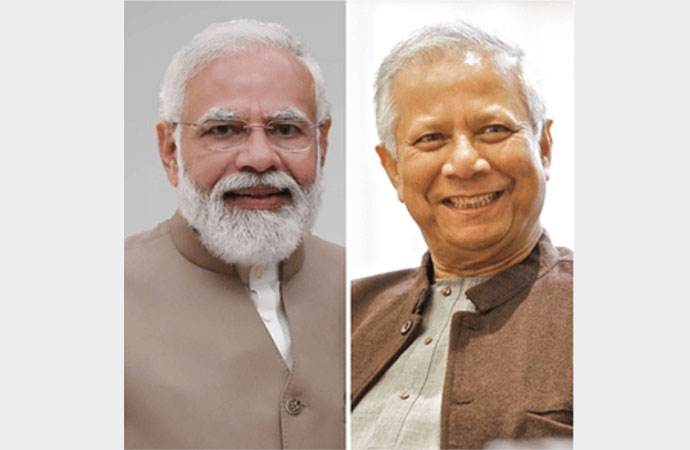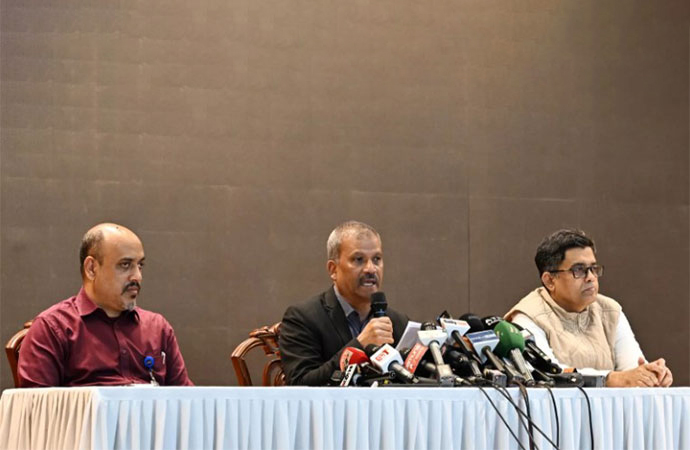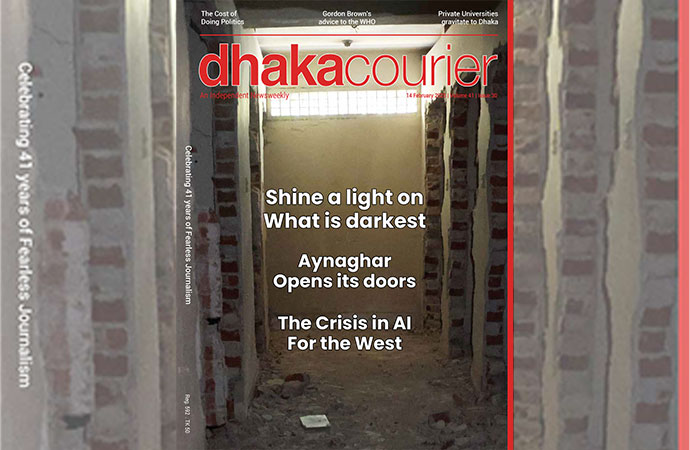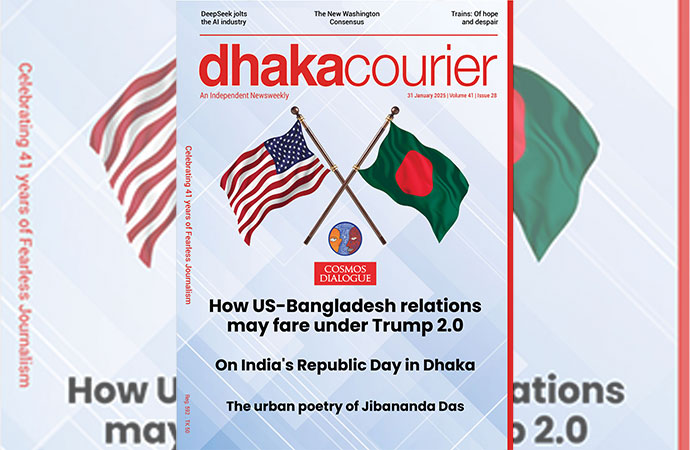Society

Women protesters in Khartoum, Sudan April 2019 | Ala Kheir/DPA/PA Images.
A military coup carried out last month threatens to roll back the gains made in the 2019 revolution that overthrew al-Bashir’s brutal regime
Protests against authoritarianism and military regimes are not new to Sudan. Even the revolution that overthrew Omar al-Bashir's regime in 2019 was decades in the making.
Today, just over two years later, a military coup carried out on 25 October is threatening to roll back the gains of the 2019 revolution. What can we learn from the history of struggles against the previous regime in Sudan? And how are the groups that made the revolution possible two years ago, especially women's groups, reacting to the coup?
Sudanese opposition against al-Bashir's regime dates back to the first day of his rule in 1989. For 30 years, the regime met any dissent with brutal repression in efforts to prevent any organized resistance. It targeted trade and professional unions, and worked to weaken and divide political parties.
As a feminist who was part of the struggles against al-Bashir's rule from the outset, I remember that women made their minds about the regime early on. It was their unity of purpose and experience from the long confrontation with the regime that helped prepare them to be among the most important factions that led the 2019 revolution.
If in 2019, women were already more organized and ready to topple the regime than many men, today, given the coup and the threat to the revolutionary gains in Sudan, we can say that the last two years of 'transition' have helped all revolutionary factions, including women's groups, become more organized and able to network.
Leading the masses
The path towards the 2019 revolution was long. In order to understand it, we need to look back decades. In 2007, after the failure of the 2005 peace agreement between the al-Bashir regime and the South Sudan-based Sudan People's Liberation Movement, the Sudanese Communist Party began working to mobilize its allies in the National Consensus Forces, a coalition of political parties against the regime.
The Communist Party called for the formation of resistance committees in neighborhoods and, during its Fifth General Conference in January 2009, publicly called for the regime to be overthrown. The communists began building resistance groups, including feminist pressure groups, among the masses.
Women were prominent in the formation of various initiatives such as 'No to Women's Oppression', a group formed days after a number of women, including journalist Lubna Ahmed Hussein, were arrested on 3 July 2009 for wearing trousers. 'No to Women's Oppression' began with a meeting of solidarity in support of those women, some of whom were later convicted on charges of 'indecent' clothing, and against the dress code imposed on them by the al-Bashir regime.
As well as pressure groups, professional networks began to form as alternatives to the regime-controlled unions. By 2008, journalists, including those from the Communist Party's newspaper 'Al-Medan', began to form the Journalists' Network to resist the constant violation against freedom of the press. Soon after, the Doctors' Committee and the Democratic Lawyers Alliance were also formed. In 2012, an alliance of unions opposed to al-Bashir's authority unofficially began to form: this was called the Tajamu', which means gathering in Arabic. In 2016, the group was officially registered as the Sudanese Professionals Association (SPA), and the Teachers' Committee also joined.
By December 2018, the alliance comprised 17 unofficial union bodies. The SPA led the revolutionary movement in 2019 and the mass sit-in in front of the General Command of the Sudanese Armed Forces in April that year.
But the SPA was not the only coordination framework. Resistance committees has also formed in different neighborhoods following the September 2013 uprising - when a wave of popular protests erupted in Wad Madani, Khartoum, Omdurman and other towns across Sudan, after al-Bashir announced the end of fuel subsidies and the start of other austerity measures. Government security forces responded to the protests with force, including with the use of live ammunition. More than 170 people, including children, were reportedly killed, with hundreds more injured, arrested and detained, some for weeks and months without being charged, without access to lawyers, or family visits. Detainees - especially those from Darfur, who had been seen as enemies of the regime since the 2003 war in the region - were subjected to torture.
These committees were able to lead the masses when the revolution was at its height a few years later. Since then, many new committees formed and new leadership appeared that was able to coordinate and organise to make these committees a living revolutionary force.
Thirty years of grievances
It is no exaggeration to say that women were one of the most important revolutionary forces on the ground in 2019. Not only did women protesters make a significant qualitative difference to the struggle, but they were also key in shaping the image of the revolution, both in Sudan and abroad.
These women, from different political, social and ethnic backgrounds, came bearing grievances crystallized over the 30 years of al-Bashir's rule. They had been targeted by the repressive machine of his regime, which used rape as a weapon as war and arrested, killed and humiliated women. The regime, which committed war crimes against communities in Darfur, Blue Nile, South Kordofan/Nuba Mountains and South Sudan, worked tirelessly against women's liberation.
The regime rolled back the gains that women had made through hard struggle since the country's independence in 1956, by the enactment of legislation such as the Personal Status Law of 1991, which permits the marriage of a girl at the age of ten, and the Criminal Code of the same year. The latter, which criminalizes women in six of its paragraphs, allocated a significant space for flogging, in punishment for the crimes of adultery (100 lashes), 'outrageous acts' (40 lashes), not abiding to the dress code (40 lashes), defying 'public morals' (60 lashes), being involved in prostitution, which was interpreted to include the gathering of any number of men and women in a private or closed place, or being involved in managing a brothel (both 100 lashes). 'Seduction' also carried a punishment of 100 lashes. These laws were used by the hardline islamist regime to oppress women, especially activists, and suppress feminist movements, by curtailing the presence of women in the public sphere.
Women began to come together to resist the attacks of the regime as early as 1993, organizing resistance and pressure groups. This included the Nuwieda Association, which was formed by women from the Nuba Mountains, and the Asma Women's ِAssociation, which ostensibly works to build women's capacities and eradicate illiteracy in marginal areas. These groups raised women's awareness of their rights and the need to struggle against the regime and others.
Today, the goals and demands of the revolution have become even clearer: the rejection of partnership with the military, rejection of the flawed constitutional document, rejection of the incomplete Juba peace agreements and the adherence to a transitional period led by civilians.
Carrying the long experience of struggle against authoritarianism in Sudan, the revolutionary organisations and the protestors on the streets are capable of confronting the 25 October coup and impose their conditions: democracy and a civil state.
From openDemocracy

























Leave a Comment
Recent Posts
“My Ekushey Padak award is ded ...
This year, the government awarded the Ekushey Padak 2025 - the country ...
Biman is an inconvenient airli ...
I was on a flight of Biman from Dhaka to Bangkok on 28 February when B ...
Bangladesh’s art treasures deserve a global stage: C ..
The need for a consensus on the election
July uprising offers big opportunities for reforms, ..
Former Dhaka University professor Chowdhury Rafiqul ..